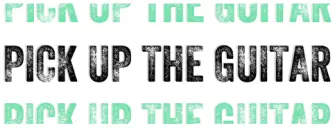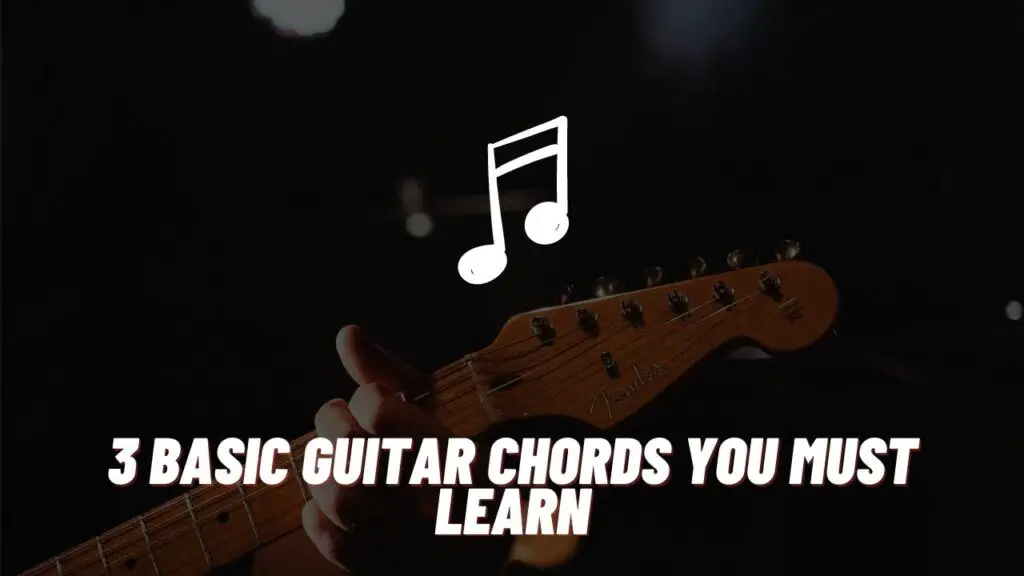Songwriting is a great way to express yourself. You can use almost any instrument to write a song. But the ukulele is becoming increasingly popular.
There are a few reasons for this. First, this instrument is easy to learn. Plus, it will have a unique tone, which can give you a wide range of emotions.
The good news is that writing a song on the ukulele isn’t as difficult as you might think. All you need to do is follow these simple steps.
Choose the Chords
The first step is creating a melody. This is the instrumental riff that will carry the song and help stick in people’s minds. This can be a challenge, so here are some tips to help you create the perfect melody.
First, you will need to consider the type of song you want to sing. This will allow you to choose a key that suits the material. Do you want to have a happy song? It’s best to choose a higher key, which allows you to create bright, clear notes. Those seeking a darker tone can go for a lower key.
The next thing you need to consider is the chord progression. This term refers to the notes you will be playing and the order you will play them.
There are a few ways that you can create a chord progression that feels right for the song. You can use a chord progression generator. This will take the key into account and give you some tips on the types of chords that will fit well together. This article goes into more detail about this tool.
Another option is to try a different playing technique. Most people will strum the ukulele. But, if you prefer, you can pick the strings instead. Alternatively, you can use a capo to pinch the strings and raise the pitch of your instrument.
Though one of the best options might be to take some time to experiment with chords. Keep a notebook to write down any progressions that sound good to you. During this time, it can help to have a group of friends on that you can bounce your ideas off.
The ukulele alone has enough tonal range to carry a song. But some artists will prefer to add other instruments to the track. For example, you might want to use a drum to add a stronger backbeat.
Try a New Type of Ukulele
When you are creating your melody, you should remember that the tone you can get will depend on the size of the ukulele. Larger instruments will give you a deeper sound. There is no right or wrong type of ukulele to select. Though many people are attracted to concert ukuleles. These are larger, which makes it easier for adults to play them. Furthermore, they will make a deep, rich sound. This site has more information about this instrument.

Picking the Right Tempo
Hopefully, by this step, you have an idea of a basic melody for your song. Now, it’s time to find the right tempo. This refers to the speed at which you will play the notes. The right tempo will often depend on the type of song you want to create.
For example, happier songs tend to have a faster beat. This allows people to get up and dance along. Again, it can help to have a little experimentation in this area. Try playing the chords at different speeds and see what sounds right.
Writing the Lyrics
One of the most complex parts of the songwriting process is creating the right lyrics. There is a myriad of ways to do this. Though it can help to have a clear idea of what you want the song to say. This could be a story you want to tell. At other times, it will be an emotion you want to express.
It’s a good idea to think about how you will be structuring your song. In most cases, it will be a verse, then a chorus, then another verse. Though some artists prefer to have a few verses before they move on to a chorus.
How they write lyrics will vary from artist to artist. Some will take a more literal tone, while others prefer to use a metaphor. It can help to read through the lyrics of your favorite songs to see examples of how these songs can be structured.
This article has some more tips you can use to write lyrics.
Adding The Finishing Details
After you have finished the lyrics and the melody, it’s time to join the two together. This can be a little difficult. You might need to make a few adjustments, like changing a few words, to ensure that they will sound good when performed.
You might want to perform a demo of the song for friends. This is akin to showcasing a draft version. They will then be able to give you some feedback on some of the ways that you can improve it. By doing this, you will be able to grow your skill as a songwriter.
Create a Title For Your Song
The final stage of the songwriting process is to give your song a name. There are numerous ways that you can do this. The most popular option is to name it after a lyric in the song.
Alternatively, you might want to consider naming it after an emotion or event which inspired the song.
Performing Your Songs
After you have finished making the song, it’s time to share it with the world. You can invite your friends and family over for a performance.
Or you can record a video of you singing the song. This can then be released to the world. You might even want to record a demo CD of some original songs; this can be sent to record companies.
Conclusion
The songwriting process is very personal. What works well for one artist might not deliver results for another. Though this guide provided a general overview of each of the steps, you should experiment to find your own process.





